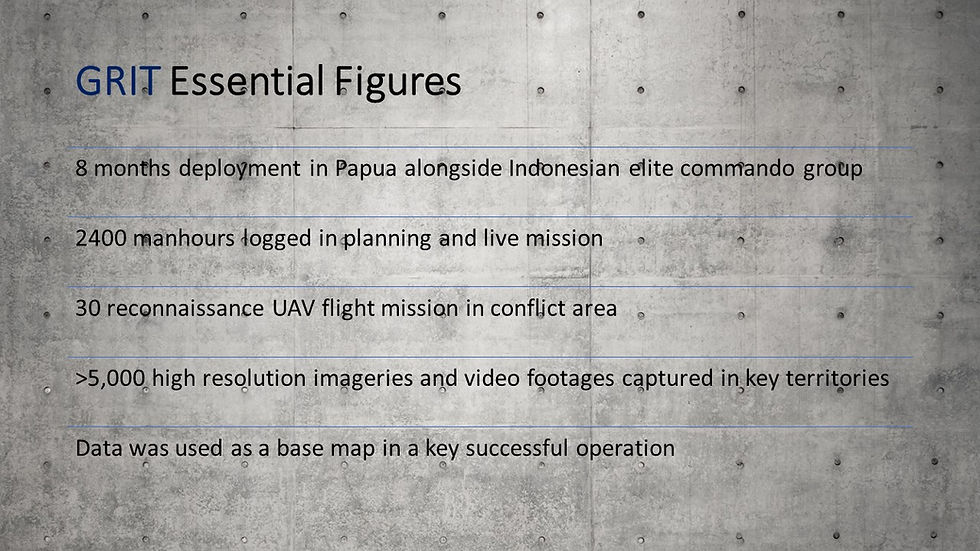UAV and Machine Learning for Construction Management
- Aug 23, 2020
- 1 min read
Updated: Dec 22, 2022
Geospatial information from drones, satellites, and cellphone cameras can be used to support construction and infrastructure projects in a number of ways. Here are a few examples:
Site analysis and mapping: Drones and satellites can be used to create detailed maps of construction sites, providing information on topography, vegetation, and other features that can impact the design and development of the project. This information can be used to create 3D models of the site, which can help with design and planning.
Progress tracking and monitoring: Drones and satellites can be used to monitor the progress of construction projects, providing up-to-date information on how the work is progressing and identifying any issues that may need to be addressed. This can help to ensure that projects are completed on time and within budget.
Quality assurance: Geospatial information can be used to ensure that construction projects meet quality standards and specifications. For example, drones and satellites can be used to measure the dimensions and elevations of structures and compare them to the plans, helping to identify any deviations that may need to be corrected.
Safety: Geospatial information can help to improve safety on construction sites by providing real-time data on the location and movement of workers, vehicles, and other assets. This can help to prevent accidents and injuries.
Overall, geospatial information from drones, satellites, and cellphone cameras can be a valuable tool for supporting construction and infrastructure projects, by providing accurate and up-to-date information that can be used to improve efficiency, quality, and safety.


ความคิดเห็น